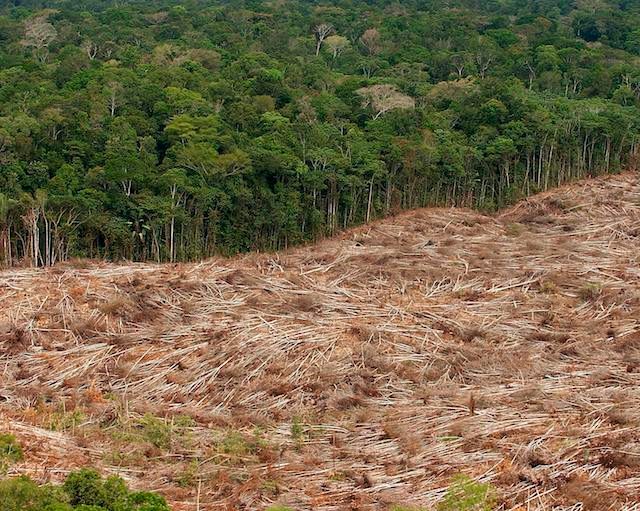SUMMARY
This is AI generated summarization, which may have errors. For context, always refer to the full article.

LIMA, Peru – More than half the carbon stored in the Amazon rainforest is on indigenous lands whose rapid destruction threatens to accelerate global warming, a new study said Tuesday, December 2.
The study, released on the sidelines of clutch UN climate talks in Peru, found that indigenous territories and “protected natural areas” account for 55% of all carbon stored in the Amazon, an enormous green lung seen as vital to the fight against climate change.
The total – 47,363 metric tons – is more carbon than is stored in the rainforests of the Democratic Republic of Congo and Indonesia combined, said the study, carried out by a network of scientists and indigenous rights groups and due to be published in the journal Carbon Management.
But these lands – 4.1 million square kilometers spanning nine South American countries – are increasingly threatened by logging, agriculture, mining, infrastructure projects and oil drilling.
“We have never been under so much pressure,” said Edwin Vasquez, co-author of the study and head of the Indigenous Coordinating Body of the Amazon Basin.
Since 2000 alone, more than 253,000 square kilometers (100,000 square miles) of Amazon rainforest – an area the size of the United Kingdom – have been lost because of increasing pressures linked to climate change, agriculture expansion, infrastructure construction, and mining, logging and fossil fuel extraction, said the study.
Indigenous groups are often hard hit because they lack formal property title and are marginalized from the political and legal systems, unable to fend off encroachment on their land.
The authors said that by a conservative estimate, nearly 20% of the carbon stored on Amazon indigenous lands was at risk, an area of tropical forest larger than Colombia, Peru, and Ecuador combined.
“If all the current plans for economic development in the Amazon are actually implemented, the region would become a giant savanna, with islands of forest,” said Beto Ricardo of Brazil’s Socio-Environmental Institute (ISA), another study participant.
The authors called on regional governments and the international community to strengthen indigenous land rights and renew investment in the Amazon as a way to fight the loss of crucial forests that mitigate global warming.
Indigenous rights have been in the spotlight as Peru hosts the UN climate talks, a 195-nation gathering aimed at hammering out the framework for an ambitious, binding deal to cut global carbon emissions, to be ratified in 2015.
An estimated 333,000 indigenous people live in the Peruvian Amazon, and have grown increasingly vocal in their condemnations of logging, mining and other encroachments on their land.
In September, four leaders from the Ashaninka people were killed after campaigning against deforestation.
At least one of the leaders, well-known environmentalist Edwin Chota Valera, had received death threats from illegal loggers over his activism. – Rappler.com
Add a comment
How does this make you feel?
There are no comments yet. Add your comment to start the conversation.